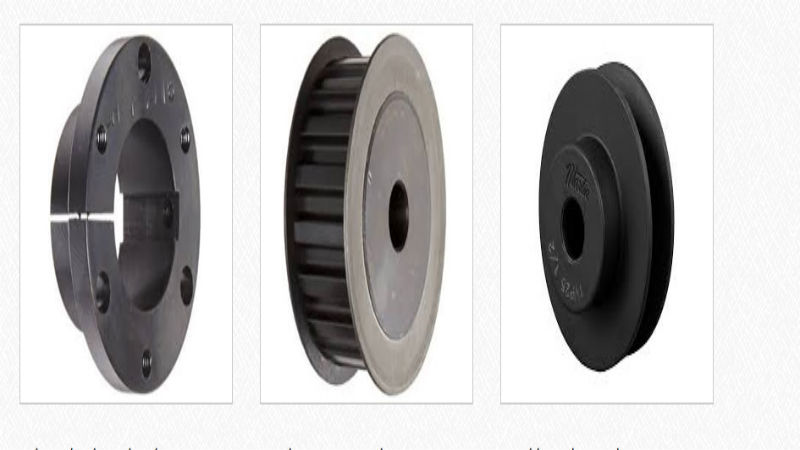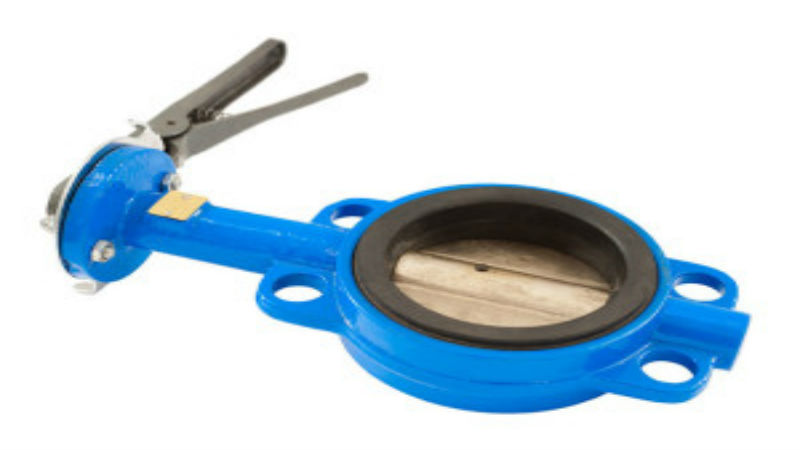Manufacturers in Louisiana, Texas and California, to name a few states, require various devices and pieces of equipment to ensure their materials are produced and transported with care. They need the machinery to work efficiently and effectively to perform their tasks. Of the many components that comprise many pieces of equipment, a common part is a coupling. A Falk Coupling is one of the better-known names in this field.
What Is a Coupling?
Simply stated, a coupling is a mechanical device an individual will use to join two drive elements of specific equipment. It “couples” the diverse parts at their end most part to create a unified entity that works to allow the motion of one piece of equipment to transfer to the other. In the usual process, the two drive components are shafts. The connection occurs at the end of each shaft.
What Does Coupling Do?
Coupling has one specific function. By joining the two components together, it allows for the transmission of power. Yet, couplings can also perform the following tasks:
* Accommodates misalignment
* Compensates for end movement of the two shafts
* Absorbs shock
* Absorbs vibration
* Deflects loads through torsion
Falk coupling, among other types, finds employment in various industries. It is particularly popular in the construction industry. Among the most common uses for various coupling, types are the automotive manufacturing sector. A classic example for this industry is the use of a universal joint (coupling) to connect the drive shaft and the rear axle.
Types of Coupling
While all types of coupling generally serve the same purpose, like many other pieces of equipment, different types are best for certain applications. Categories of couplings are as follows:
* Clutches: A specific type of coupling
* Flexible (Compensating) Couplings
* Rigid Couplings
Choice of the right coupling for a Louisiana manufacturer depends on upon a variety of factors. This include:
* Torque and Horsepower
* Shaft Misalignment
* Lateral and Axial Flexibility of Couplings,
* Torsional Flexibility
* Backlash
* Rotational Velocity Error
* Service Conditions
It is important a manufacturer gets it right the first time. This may require calling in a professional company to analyze the specific needs of the equipment. This will ensure the process continues to smoothly and you will not make the mistake of utilizing fluid coupling when the rigid coupling is the better match.
Falk Coupling: One Option
Various examples of coupling devices are available for purchase. Among the more reliable and affordable types, you can find those bearing the Falk name. In Louisiana, firms often choose Falk Coupling for its durability, reliability and affordability.


